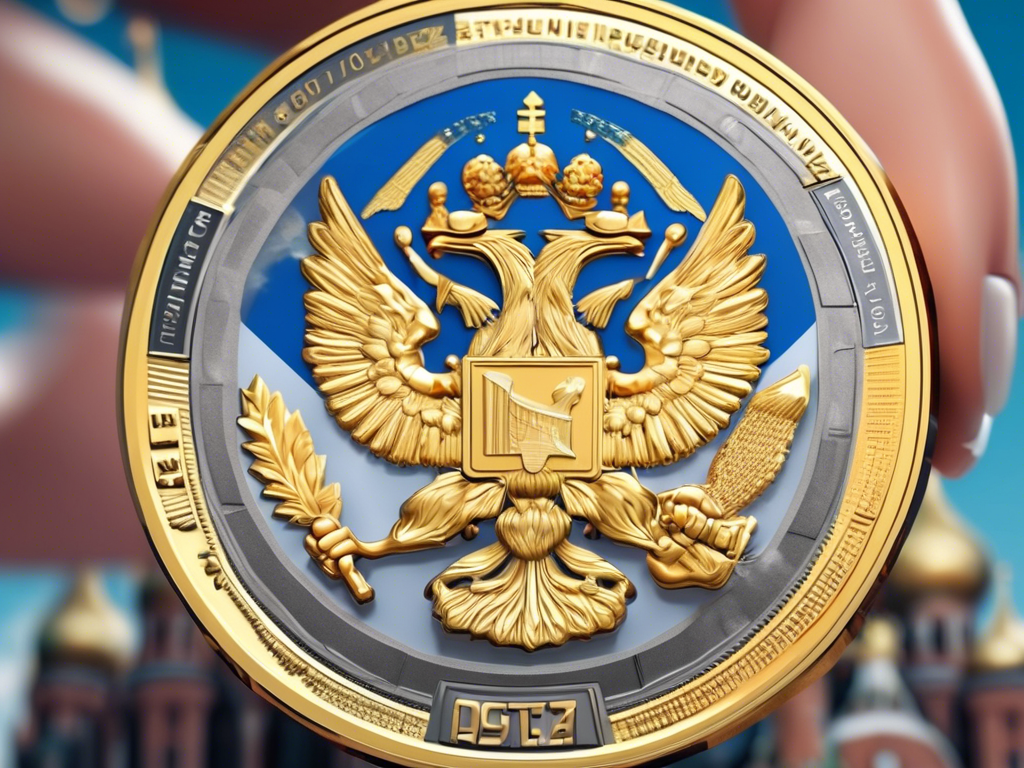The Rising Costs of Countering Russian Aggression in Europe
European NATO members are increasing military spending to deter Russian aggression and ensure the security of the region. This shift comes as tensions rise along NATO’s Eastern line of defense due to the threat posed by Russia. The commitment to spend at least 2% of economic output on defense is a key focus, with many countries working towards meeting this target amid the evolving security landscape.
The Shift Towards Increased Military Preparedness
– European NATO members are bolstering their militaries in response to Russian aggression
– The Baltic states are calling for a permanent NATO presence to deter potential Russian threats
– NATO is increasing its presence in the region through the deployment of larger brigades
– Germany is taking the lead in Lithuania with plans for a permanent Brigade housing 5,000 troops
– The presence of German soldiers signals NATO’s strength and readiness to defend allies
– The commitment to spend 2% of GDP on defense is a significant focus for NATO members
– Only three countries met this target in 2014, but the number is expected to rise to 18 in 2022
– Germany is set to hit this target for the first time since the Cold War, signaling a shift in defense spending priorities
The Impact of Increased Defense Spending on Germany
– Germany is increasing its defense spending to meet NATO targets
– The government plans to allocate 2% of GDP to defense spending, a significant shift
– A 100 billion Euro special defense fund has been announced to support this increase
– Increased defense spending has implications for the German economy and defense industry
– Companies like rhin metal and hensold are benefiting from the surge in defense funding
– Despite some opposition to increased defense spending, Germany is prioritizing its defense capabilities
The Need for Further Spending to Deter Russian Aggression
– While NATO members are working towards meeting defense spending targets, some argue that more is needed to deter Russia effectively
– Cold War-level spending may be required to counter evolving security threats
– The US and its G7 allies would need to commit over 1 trillion dollars to reach this level of spending over the next decade
– Former President Donald Trump’s focus on NATO spending has pushed European governments to increase their defense budgets
– Trump’s pressure on NATO allies to contribute more financially has shaped the current landscape of defense spending in Europe
Challenges and Considerations for European Governments
– Despite progress in defense spending, there are disparities among NATO members in meeting targets
– Countries like Luxembourg, Spain, and Italy lag behind in defense spending compared to Baltic states
– Economic challenges and competing priorities make it difficult for some countries to allocate more resources to defense
– The debate around defense spending in Europe is complex, with concerns about balancing security needs with other social and economic priorities
– Increased defense spending may require difficult decisions on borrowing, budget cuts, or tax increases for some EU countries
Hot Take: The Future of Defense Spending in Europe
European NATO members are ramping up their military preparedness in response to Russian aggression, with a focus on meeting defense spending targets to ensure the security of the region. The commitment to allocate at least 2% of GDP to defense reflects a collective effort to strengthen NATO’s capabilities and deter potential threats. As countries navigate the complexities of defense spending and prioritize security needs, the evolving security landscape in Europe will continue to shape defense priorities and strategies in the years to come.





 By
By
 By
By
 By
By
 By
By
 By
By